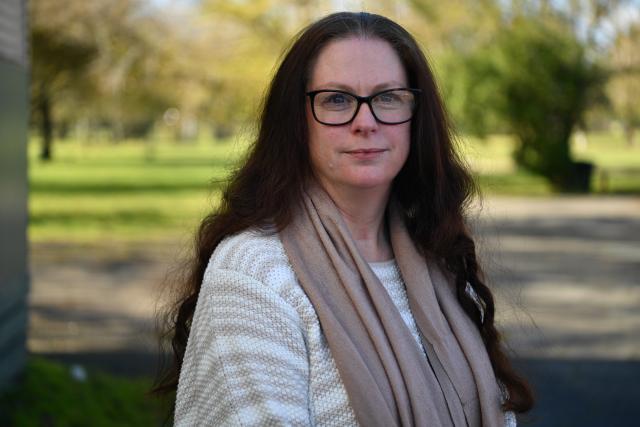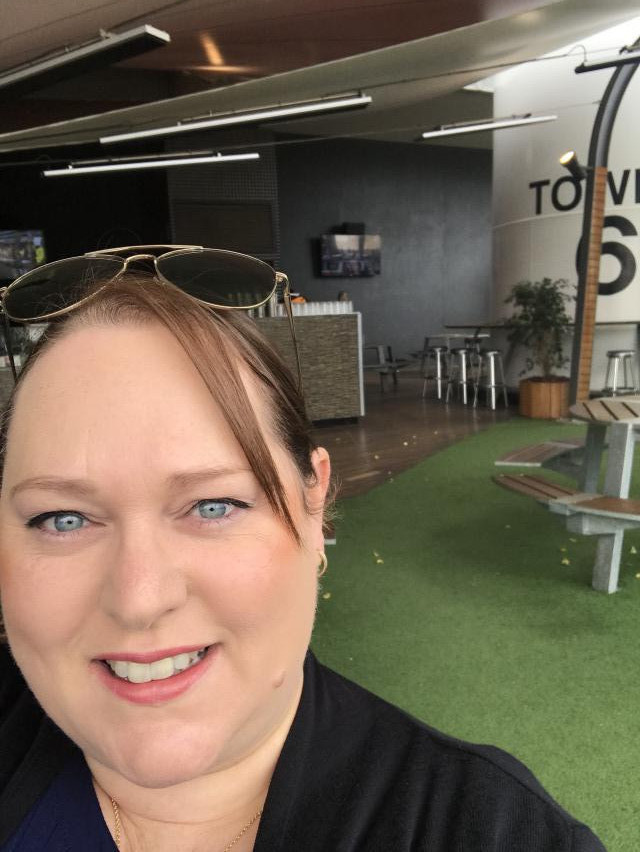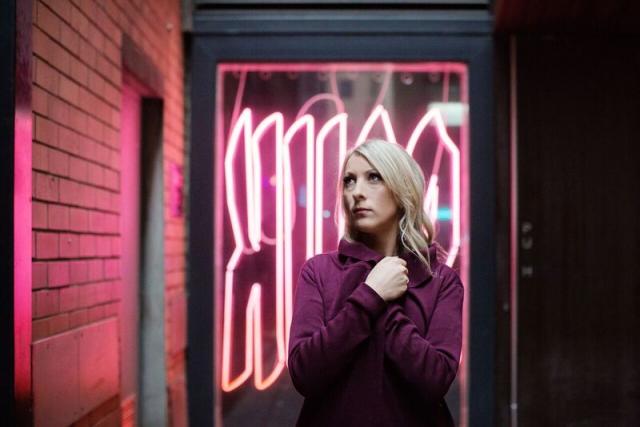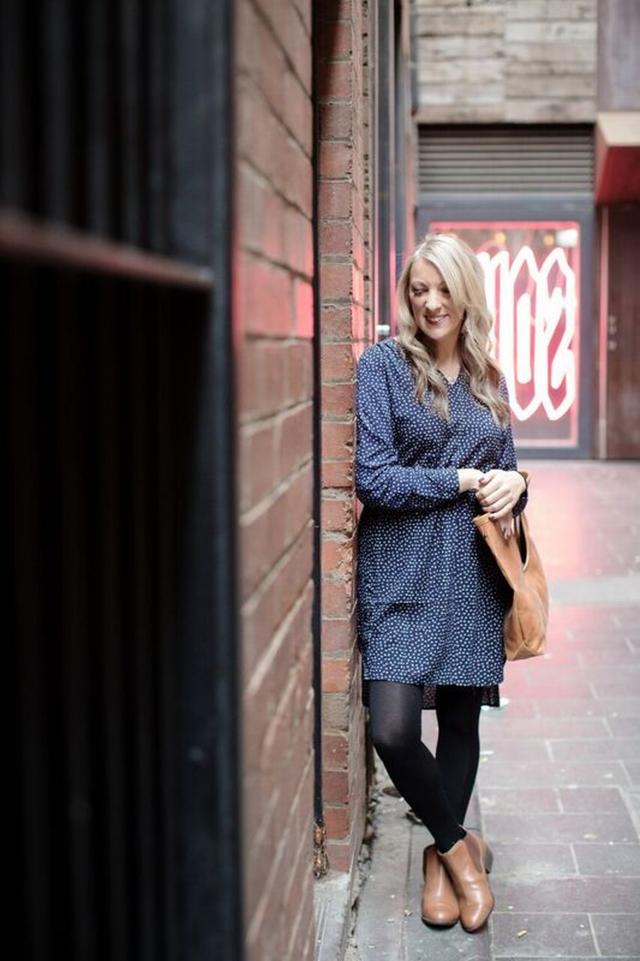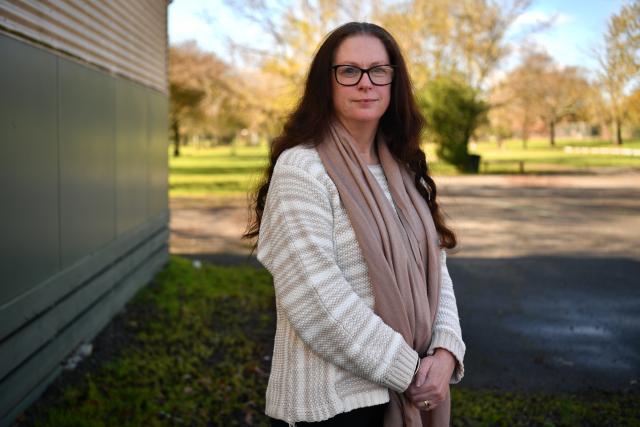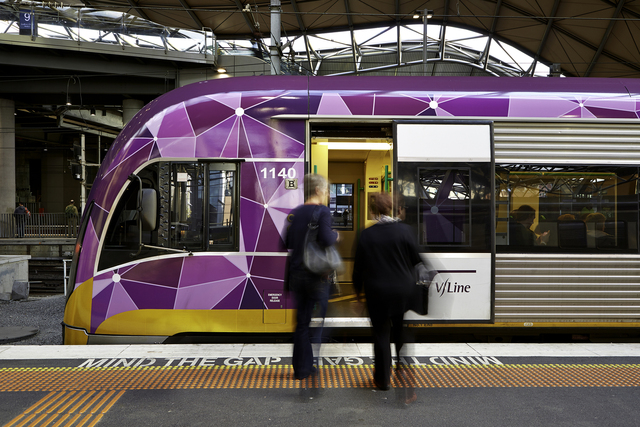It might seem hard to believe that a person could be told to have a baby in order to cure their chronic pain, but that’s exactly what happened to Macedon resident and long-term endometriosis sufferer Jean Cheney.
“I honestly asked one of my specialists, ‘Do you want my baby? Because I’ll give it to you, if you’re telling me it will cure me, which you can’t because we know that it doesn’t’,” Jean said.
The 37-year-old travel writer has had six surgeries in 14 years and her chronic pain “is just constant”.
Treatment hasn’t been easy, and she’s always required to travel.
“Just because you can’t see it, doesn’t mean that it’s not there. Just because you can’t relate to it, doesn’t mean that’s not there,” Jean said.
Endometriosis is when tissue, similar to the lining of a uterus, occurs outside this layer and in other parts of the body, and can cause pain and infertility.
Jean is one of millions of Australians battling her invisible pain every day, and why Chronic Pain Australia (CPA) runs National Pain Week from July 25 to 31, to increase awareness, accessibility and affordability.
A spokesperson for CPA said chronic pain was poorly understood, and the leading cause of disability in the country, taking “so much” away from a person, such as their ability to work, be social and do what they love.
“In Australia, we have seen a lack of action and funding to support those with chronic pain services. The demand for chronic pain care continues to exceed existing service provisions,” the spokesperson said.
“General practice is critically under-resourced for the burden of chronic pain and has very limited access to specialist multidisciplinary pain management services.
“Most multidisciplinary pain management programs in Australia are conducted in large tertiary settings, where location and wait times act as primary barriers.”
A 2020 study by the Australian Institute of Health and Welfare (AIHW) found “one in five Australians aged 45 and over are living with persistent, ongoing pain”.
According to the AIHW, chronic pain lasts beyond normal healing time after injury or illness, generally three to six months.
“It is a common and complex condition, and the pain experienced can be anything from mild to severe,” the AIHW said.
“The defining characteristic of chronic pain is that it is ongoing and experienced on most days of the week.”
Jean can attest to this, as can Macedon Ranges resident, student wellbeing co-ordinator and cancer survivor Amanda Summers, 50, who was sick of being told her pain was in her head.
After nearly a decade in near-constant pain, Amanda had a hernia operated on in her hip, and she was relieved thinking that would be the end of it.
But it wasn’t. After a month, the pain returned. Her doctor recommended another ultrasound, but it was all clear. Despite this, she still had pain.
When she returned to her doctor again, she said his response was, “You’re making it up. There’s nothing I can do about it”.
She went back and forth for years before finding out she’d suffered a cartilage tear and had developed a cyst in her hip.
“[The specialist] said, ‘You definitely need a hip replacement, you’ve got arthritis, you’ve got that cyst and you’ve got tears in your ligament and rips in your cartilage, but we’re not going to give you a hip replacement because you’re too young, and we don’t like to give you two,’” she said.
As a two-time cancer survivor who just wanted to spend her next years comfortable and free, Amanda said, “Well, how long do you think I’m going to live?”.
“I’m living in pain every day, I have to limit all of my activity. If someone says, ‘Do you want to go on a bushwalk’, I say, ‘We can give it a crack, but I don’t know how far it’s going to get,’” she said.
The mental toll of misdiagnosis, dismissal by medical professionals and inadequate pain treatment is heavy.
Gisborne furniture designer and resin artist Carmen Hofman was 38 weeks pregnant when she snapped her ankle about a decade ago, an incident which she said changed her life.
She, like many others, has had to take pain medication for years to deal with everything since her break, which led to an ankle fusion causing damage to her nerves.
For two years since her ankle procedure she has been living with chronic pain, and has just recently been diagnosed with complex regional pain syndrome.
“I’m now on two different types of opioid medication, which I don’t want to be, but I have to because I cannot function without it. I’m also on some more drugs that are anti-depressant, anti-epilepsy, not for those reasons but for the nerve pain,” she said.
Carmen, a mother of two girls, said chronic pain had changed who she was as a person, because it was “a battle every day”.
“When my ankle broke, I lost a part of myself that day, and I never got it back, because pain changes you,” she said.
It was finding passion in making furniture during lockdown through her project Oakfield Designs which has been her saving grace, as well as finding a doctor who believed her.
“[It was] like finding an angel,” she said.
“Every single general practitioner I saw before finding [my doctor], just brushed me off as being fat, as overweight, as not doing enough exercise, that’s all they put it down to… you’ve just got to listen to your own body, and go, ‘No, there’s something really wrong here.’”
Details: https://www.nationalpainweek.org.au/.

